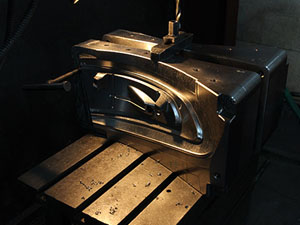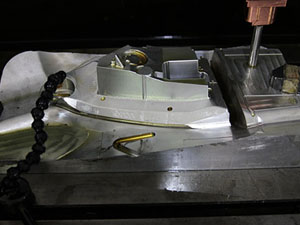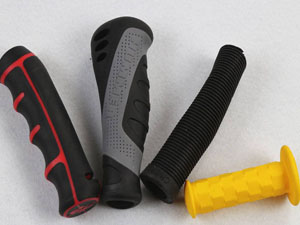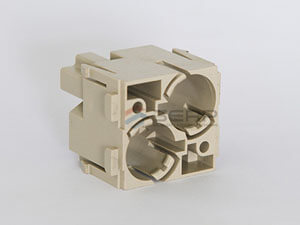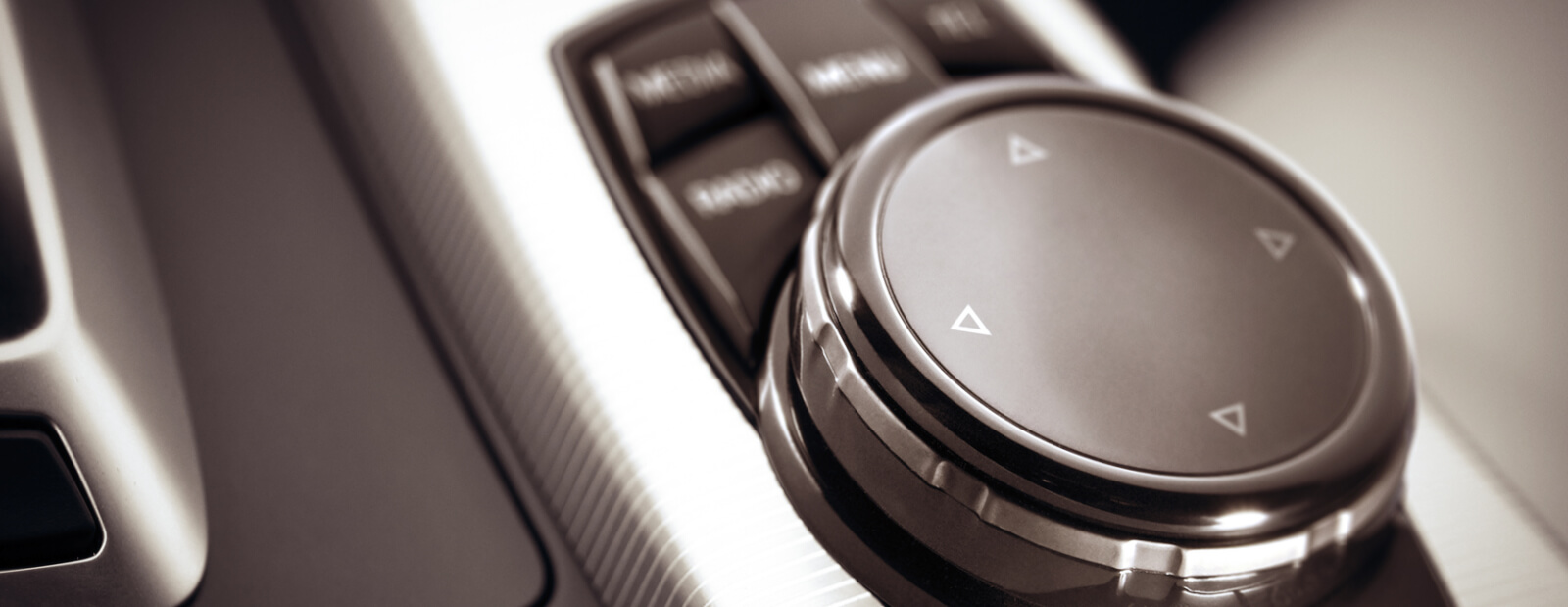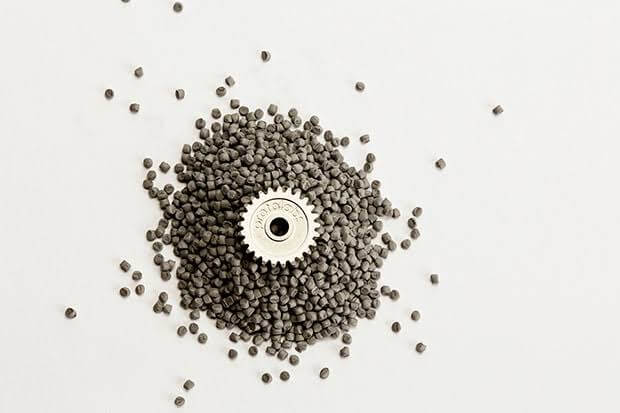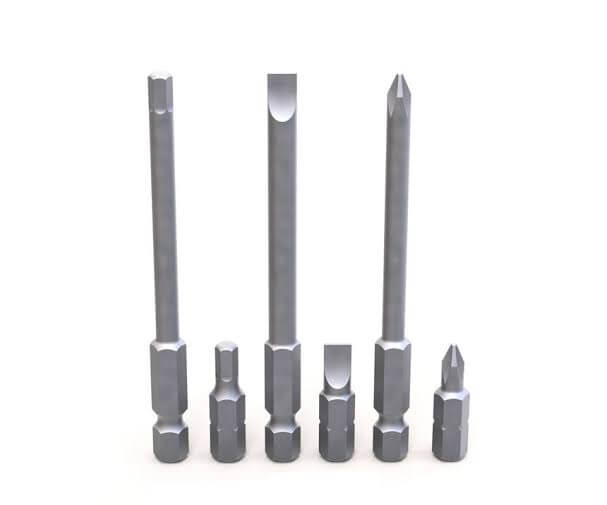Metal injection molding offers many of the advantages provided by traditional injection molding, with additional benefits provided by the metals and their unique mechanical properties. Specific advantages of MIM include:
Large production volumes
Molds can be used many times over, which makes it possible to fabricate huge quantities of identical metal parts, from tens of thousands to hundreds of thousands. If large volumes are required, metal injection molding may present a significant advantage over other metalworking processes like CNC machining.
Good surface finish
Plastic molded parts are favored for their smooth surface finish, and metal injection molding provides similar benefits with metal parts. MIM does not produce unsightly burrs and tooling marks, reducing the need for post-processing.
Complex shapes with detailed features
As long as it’s possible to create the mold itself, metal injection molding is fully capable of creating complex parts with delicate or intricate details. Because the reciprocating screw injects the liquid material with force into the mold, the material reaches every fine crevice.
Strong parts
Metal injection molding is compatible with a range of high-quality engineering materials, and the sintering stage of the process ensures that the molded parts possess good mechanical properties.
Minimal metal waste
Once the feedstock has been injected into the mold, there is generally no need to cut away any excess material. This makes the process very efficient in terms of material usage, with the only material wastage occurring during mold production and debinding.
All-in-one process
Although metal injection molding involves multiple stages, it can actually shorten manufacturing cycles by eliminating extra setups and finishing procedures. Adding internal threads or embossed text, for example, will not drastically increase lead times, since these features can simply be incorporated into the mold (instead of being added to each individual molded part).
Limitations of metal injection molding
Metal injection molding isn’t suitable for all projects. Its limitations include:
- Small envelope not suitable for large parts
- Thin walls required
- Can be slower than alternatives
- Can be more costly than alternatives
Standard tolerances & dimensions
|
Typical |
Possible |
| Tolerance |
± 0.005” (0.13 mm) |
± 0.0015” (0.04 mm) |
| Max wall thickness |
0.25” (6.35 mm) |
1.2” (30.48 mm) |
| Surface finish |
25–35 μin |
16–80 μin |
